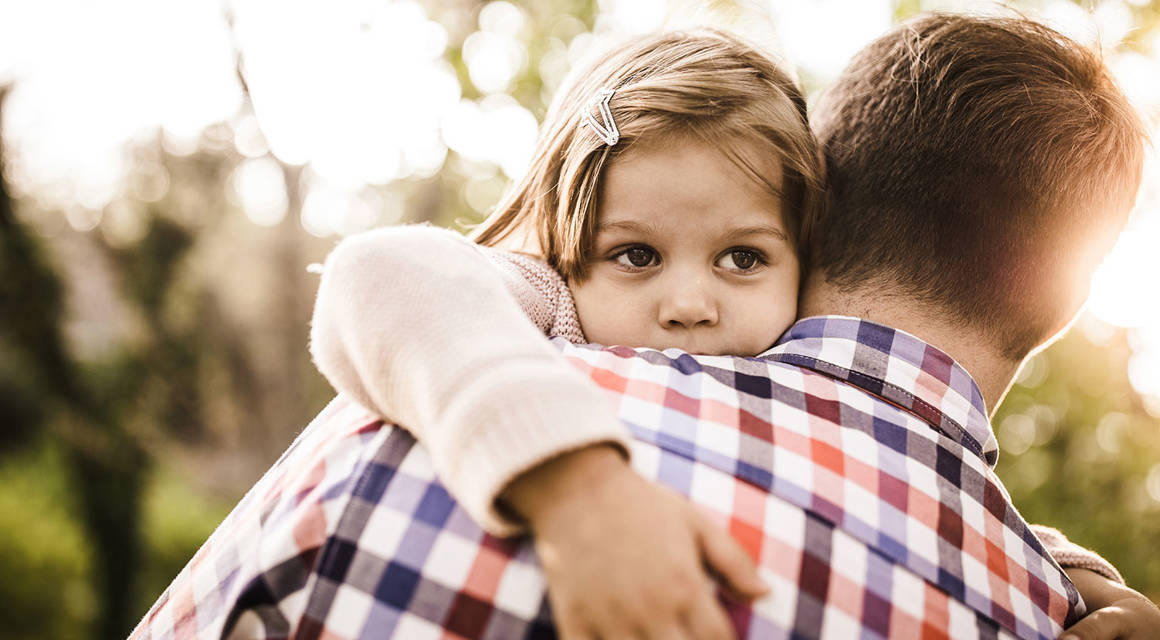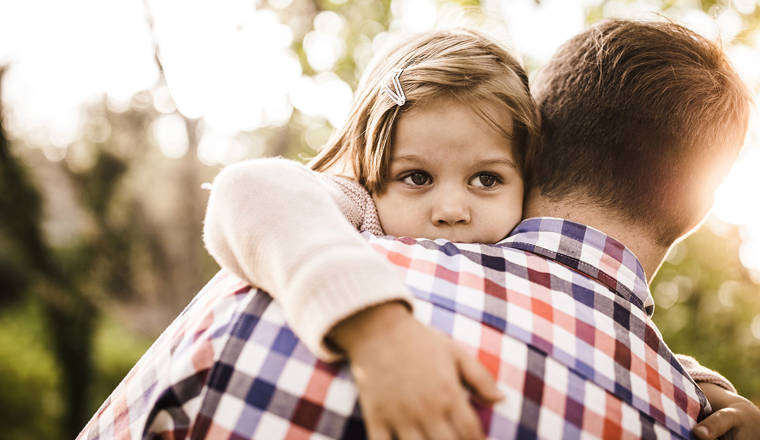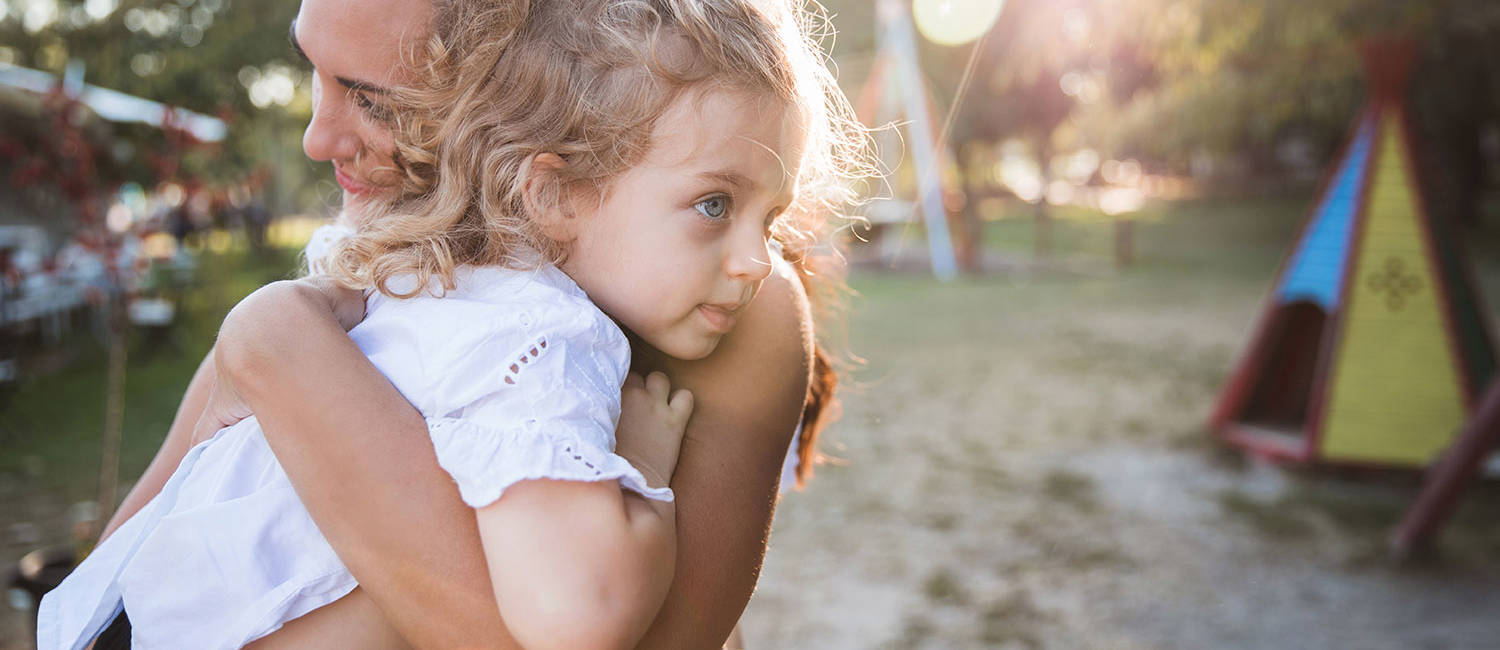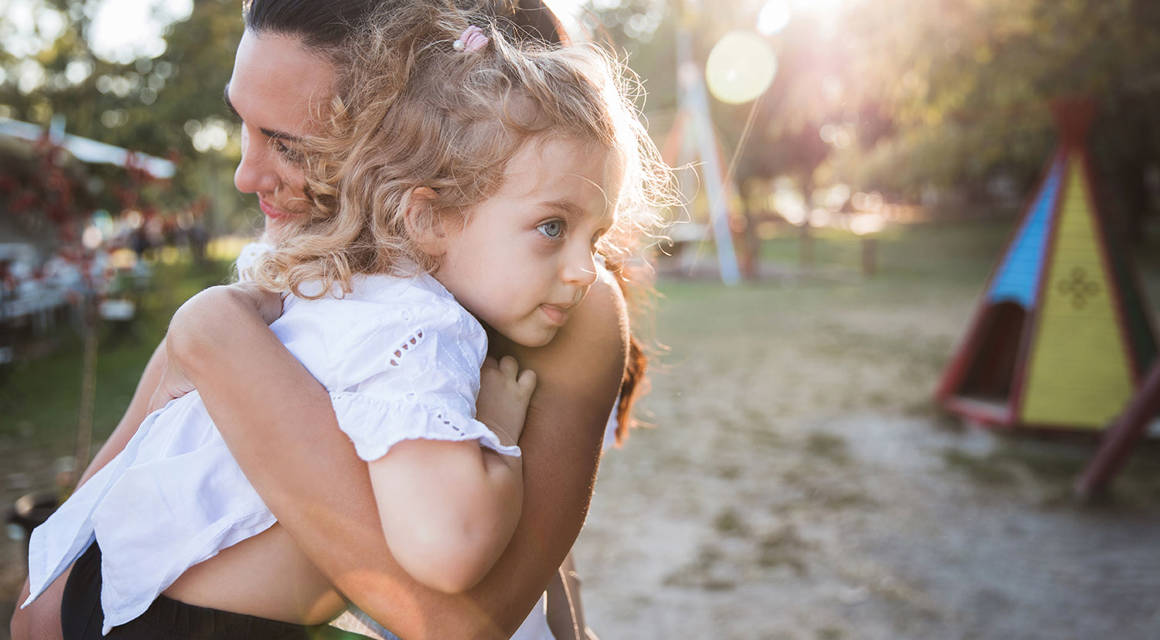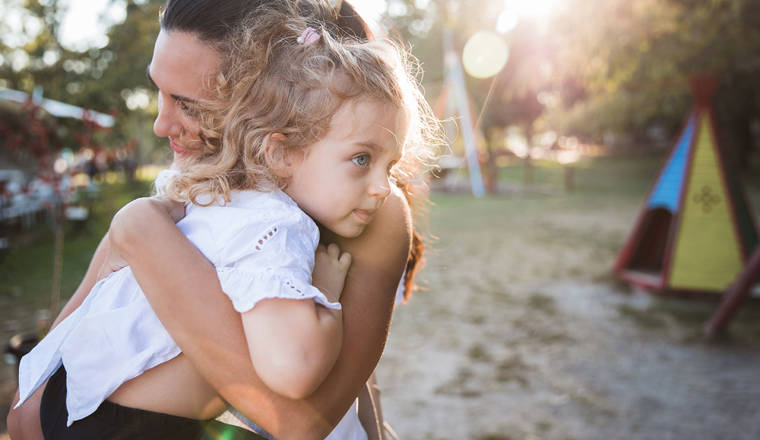Homepage
Parents often share many of the same challenges when raising their child. First Five Years gives parents the expert advice, insights, support and tools they need to make the most of the first years of their child’s life.
Read more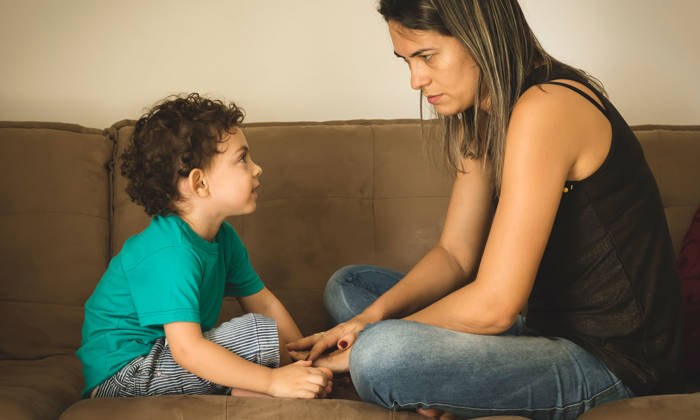
Child Development
Why saying 'no' to your child is okay
Whether it’s refusing a treat or saying no to delaying bedtime, speaker, author and academic Dr Michael Nagel explores the importance of saying ‘no’ to children and why it may even be beneficial to healthy emotional development and long term success.
Read more
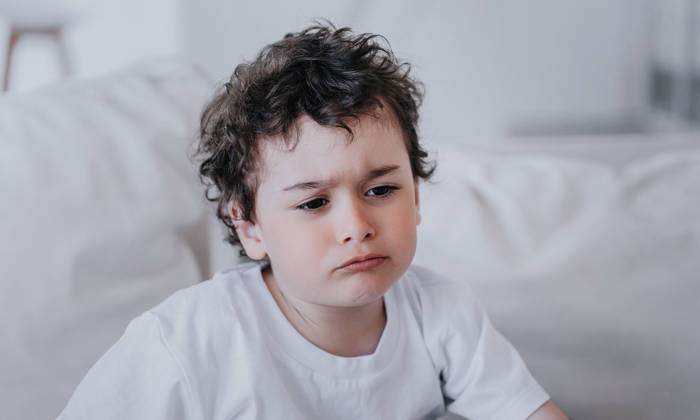
Child Development
Whining: how to stop children whinging
It’s a sound guaranteed to make every parent grimace: whining. Similar to hearing the sound of fingernails on a blackboard, whining usually results in parents doing one of two things – getting cross or giving in to their child’s behaviour.
Read more
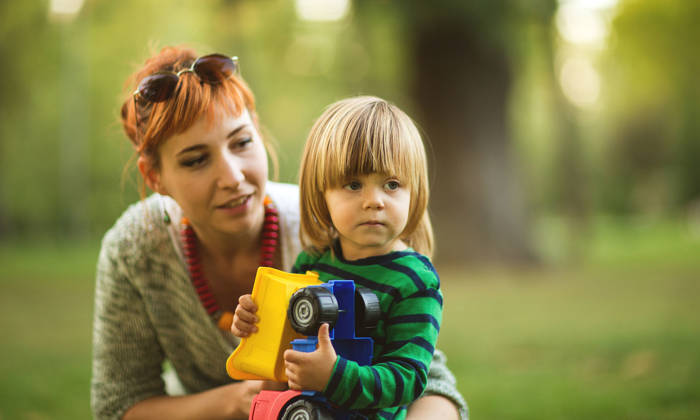
Child Development
What is gentle parenting and how to do it
In the past couple of years, the term 'gentle parenting' has become a hot topic on social media platforms. Parents who parent gently provide their children with as many choices as they possibly can and help guide children to see the correct pathway.
Read more
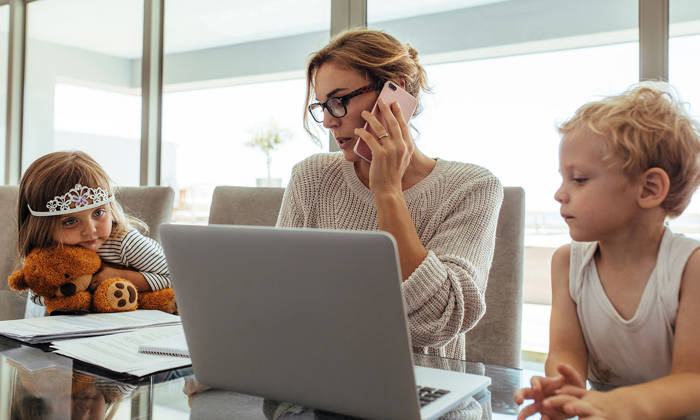
Lifestyle
Mental Load: Behind The Superwoman Myth
In The Superwoman Myth: Can Contemporary Women Have It All Now? The authors ask, Who knows when the family is low on toilet paper, does the birthday and Christmas shopping and juggles child care in your house? These are all examples of mental load, and in most households, it’s usually handled by one person. Is that person you?
Read more
Get Advice
Real parents. Real problems. We’re here with a group of leading early learning and parenting professionals to answer your questions.
Ask a question See all questions
Feature

Child Development
Bullying: What parents should know
How do you know if your child is being bullied? Speaker, author and academic Dr Michael Nagel looks at the impact of bullying and how parents can recognise the signs and help children build the skills to combat unwanted attention and bullying.
Popular content
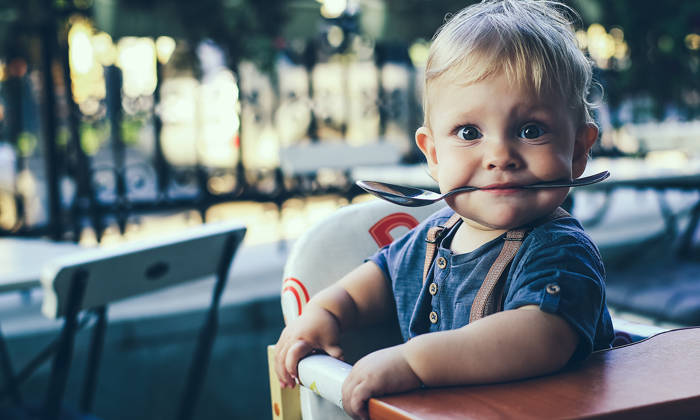
Child Development
Why we need to raise boys differently
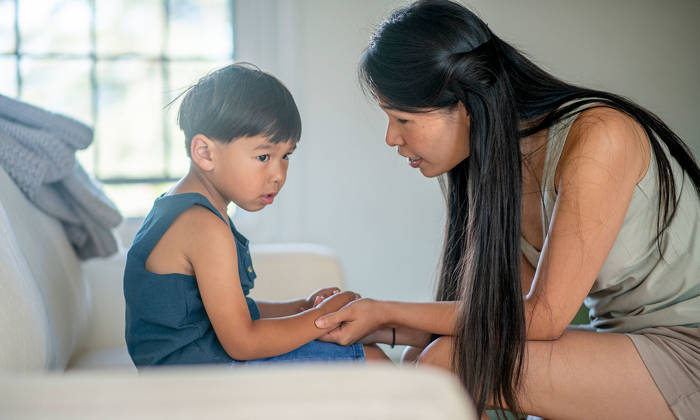
Child Development
10 tips to get your children to listen
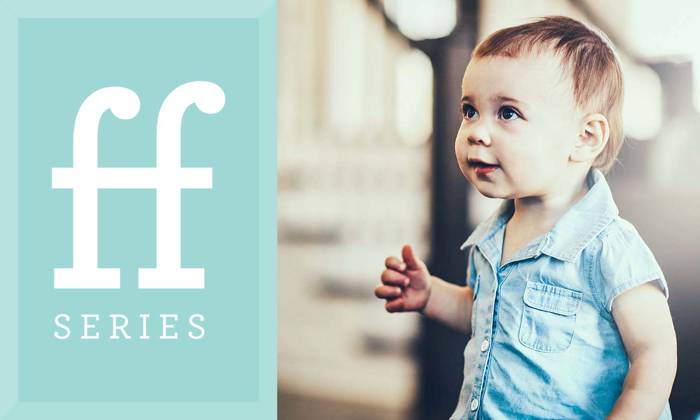
Child Development
Child development milestones: 1-2 yrs
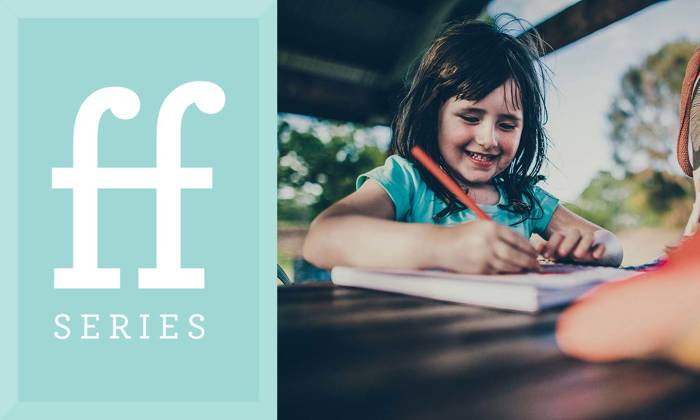
Child Development
Child development milestones: 3-5 yrs
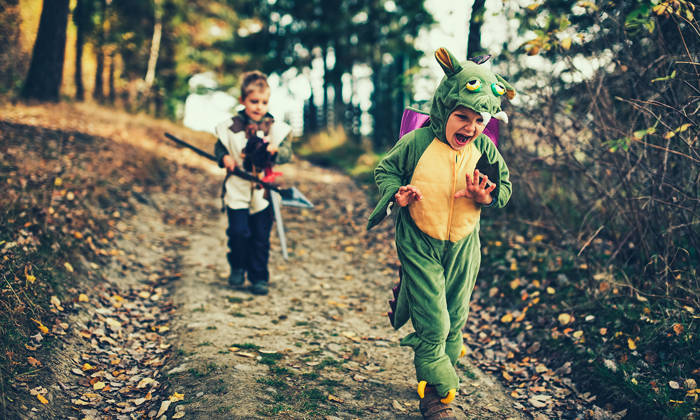
Child Development
Boys: Understanding rough and tumble play

Child Development
Pufferfish parents: How to stop using threats
Snapshot of Australian Families
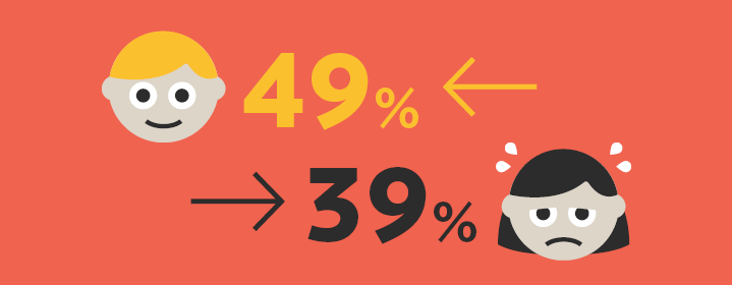
Parent’s emotions are quite a contrast. The two words parents felt best described family life over the previous three months were happy 49% (↓ from 54%) and stressed 39% (↑ from 36%).

31.8% of families only eat breakfast together on weekends. However 11% (↓ from 12%) of families never eat breakfast together.

48% (↓ from 53%) of parents believe they spend less time with their children than their parents spent with them.

39% (↓ from 40%) of parents have struggled to meet essential expenses like food, mortgage/rent, utility bills, child care or important medical care over the past 12 months.

It summarises the gender pay gap when mothers return to work, the discrimination and bias mothers face in recruitment and promotions and the discrimination they face in everyday work life, such as, mothers being perceived as less committed to the job, not physically present at work when they should be or even being too emotional at the office.Dr Janin Bredehoeft
The cost of motherhood in Australia
Sometimes, it’s called the motherhood penalty. Other times, it’s called the cost of motherhood. It summarises the gender pay gap when mothers return to work, the bias in recruitment and promotions and discrimination they face in everyday work life.
Read more
Child Development
Tantrums: A roadmap to keeping your cool
In this article Dr Justin Coulson, author and one of Australia's most popular parenting experts, explores common mistakes we make when attempting to help our children navigate big emotions and suggests three easy strategies to stay calm under pressure.
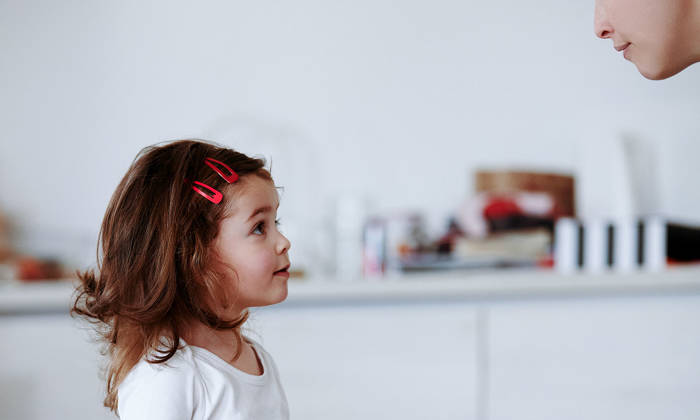
Child Development
Listening: How to get your child to listen
Getting your children to listen and do as they are told can seem like an impossible parenting task. Dr Becky Kennedy suggests that the best way to understand why children don’t cooperate is to understand why we, at times, don’t cooperate or comply.

Child Development
Biting: What to do when your child bites
So your toddler has bitten another child. Many of us can empathise with how concerning it is to have a child that is biting. The truth is that for many children aged under three, this is a common and often passing phase of normal child development.
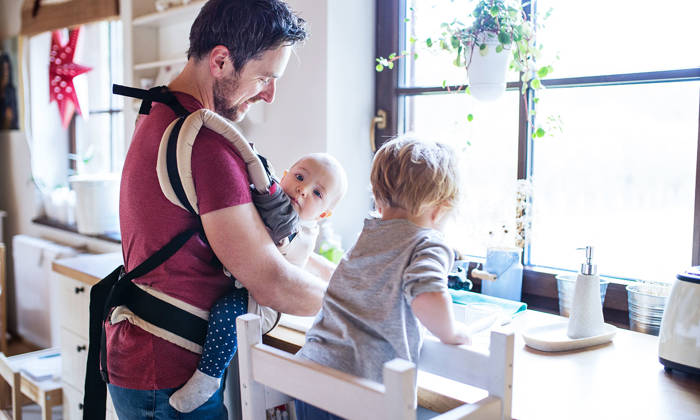
Lifestyle
Aussie fathers choosing parental leave
The shape of Australian families continues to change and so too does the role of Aussie fathers. According to the first Workplace Gender Equality Agency’s Gender Equality Scorecard, fathers’ uptake of parental leave has doubled in the last 12 months.

Lifestyle
Hypnobirthing: Benefits of a calm birth
Every woman’s birth experience is different. For many it is a positive and empowering event, for others it may raise some normal anxiety and for some the descriptions of the pain and possible complications of childbirth contribute to feelings of dread.
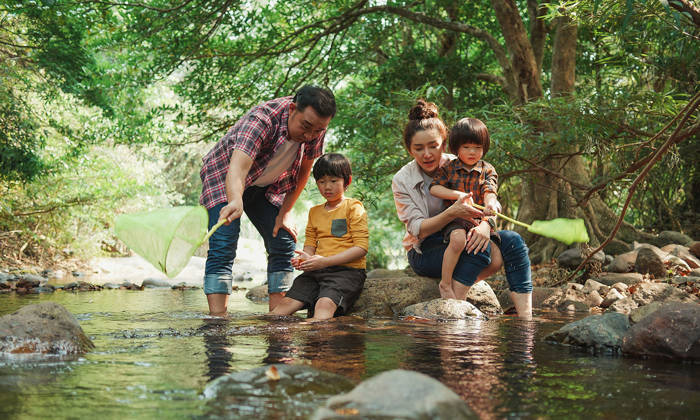
Child Development
How to teach your child patience
None of us are born with patience, instead children learn how to self-regulate by the structures and support parents provide. Professor of Clinical Psychology David Hawes discusses what to expect from children and why, and how to teach patience.
Skin Sensations
Talk to your child about how things feel on his/her skin: “Your shirt is soft.” “The wind is cold.” “The ice cube is slippery.” See how he/she reacts and continue the conversation: “You like the warm water in your bath!”
When you talk back and forth with your child about how things feel on his/her skin, you are introducing him/her to new words and feelings. This helps make new connections, which are the foundation for learning to use these words himself/herself in the future.
See all tips



